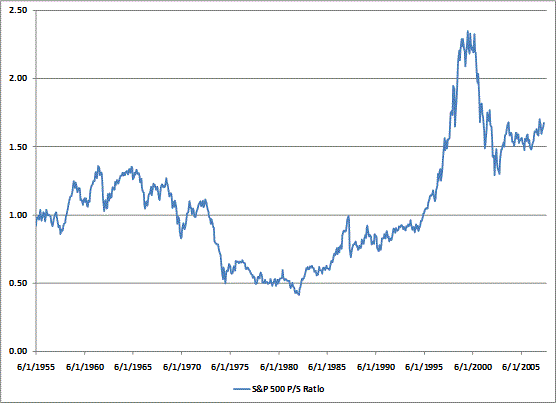Contents
The Reserve Bank of India recently asked banks to review various financial parameters of their borrowers. Needs to review the security of your connection before proceeding. pure play method Companies may exclude or isolate certain debts while computing this ratio. This ratio does not factor in the impact of Tax Expense on the cash flow of an organisation.

It does not weigh in seasonal factors which are capable of distorting the ratio. As a result, it does not offer an accurate image of a firm’s financial standing. In this case, Jerome’s bacon business would have an interest coverage ratio of 3.75. Additionally, the interest expense is the interest to be paid on all borrowings, like bonds, loans, etc. It’s important to remember that this formula can be used for any interest period.
Market Dashboard
Earnings before interest and taxes is an indicator of a company’s profitability and is calculated as revenue minus expenses, excluding taxes and interest. Higher ratios are better for companies and industries that are susceptible to volatility. But lower coverage ratios are often suitable for companies that fall in certain industries, including those that are heavily regulated.
- However, since this is a capital-intensive sector, a ratio above 3 is good enough.
- But today, it’s market capitalisation is down by 94% to 3,000 Crores.
- However, if the ratio is less than 2, repayment of liability will be difficult and affect the work.
- It is one of a number of debt ratios that can be used to evaluate a company’s financial condition.
- Signifies the excess of current assets over current liabilities.
Therefore, lenders prefer EBIAT as it offers a better and clearer business picture, as the ICR is much more accurate in this case. As EBIT serves as an important factor in the expression above, the interest coverage ratio results might have an expected variance with respect to the forms of EBIT used for calculation. EBIT amount can be of two forms – Earnings Before Interest, Taxes, Depreciation, and Amortization and Earnings Before Interest After Taxes . The ICR is also a good indicator for other stakeholders, such as investors, creditors, employees, etc., to make timely decisions.
What is Interest Coverage Ratio (ICR)?
While an interest coverage ratio of 1.5 may be the minimum acceptable level, two or better is preferred for analysts and investors. For companies with historically more volatile revenues, the interest coverage ratio may not be considered good unless it is well above three. Coverage ratios measure a company’s ability to service its debt and meet its financial obligations. Interest expense is the cost incurred by a business when borrowing money. This expense is typically recorded on the income statement as a line item.
- So, many investors desire to see their company can able to pay its bills on time without having to sacrifice its operations and profits.
- However, they stop responding when client demands return of amount invested and profit earned.
- Because these industries are more prone to these fluctuations, they must rely on a greater ability to cover their interest in order to account for periods of low earnings.
- Second, it can help to identify potential financial problems that may need to be addressed.
A ratio of 4 means the company has four rupees of earnings for every one rupee in interest payment. It can also mean the company can pay four times the interest with its current earnings. The auditor can use the ratio to access the company going concerned.
Attention Investors:
The standard assumption of no accounting manipulation in either of the two numbers involved is made while calculating the interest coverage ratio. It helps lenders to evaluate the creditworthiness of a company before extending credit to the company. On the other hand, industries with fluctuating sales like technology, manufacturing, etc. manifest a higher IRC ratio. Consequently, the ‘good interest coverage ratio’ for both such sectors will be different. Nonetheless, it must be noted that a high EBIT may not be reliable proof of a high ICR.

An interest coverage ratio is a metric that helps lenders determine if the borrowing party can easily pay the interests on time. Other industries, such as manufacturing, are much more volatile and may often have a higher https://1investing.in/ minimum acceptable interest coverage ratio of three or higher. One such variation uses earnings before interest, taxes, depreciation, and amortization instead of EBIT in calculating the interest coverage ratio.
Financial Analyst Training
A DSCR of less than 1.0 implies that the operating cash flows are insufficient for debt servicing, indicating negative cash flows. Tells us whether the operating income is sufficient to pay off all obligations related to debt in a year. This financial ratio indicates whether or not working capital has been utilized effectively in sales. Thereceivable turnover ratioshows how often the receivable turns into cash.
- Higher ratio indicates that the company’s product is in high demand and sells quickly, resulting in lower inventory management costs and more earnings.
- Interest coverage ratio is mostly used to identify companies on verge of bankruptcy.
- Theinterest coverage ratio interpretationsuggests – the higher the ICR, the lower the chances of defaults.
- The ICR is also a good indicator for other stakeholders, such as investors, creditors, employees, etc., to make timely decisions.
- A bad interest coverage ratio means a company is not making enough money to cover its interest payments.
She most recently worked at Duke University and is the owner of Peggy James, CPA, PLLC, serving small businesses, nonprofits, solopreneurs, freelancers, and individuals. Trend analysis of ICR gives a clear picture of the stability of a company in regard to interest payments. Companies that find themselves in this situation are not considered financially healthy. As such, they aren’t able to keep up with their financial obligations.
